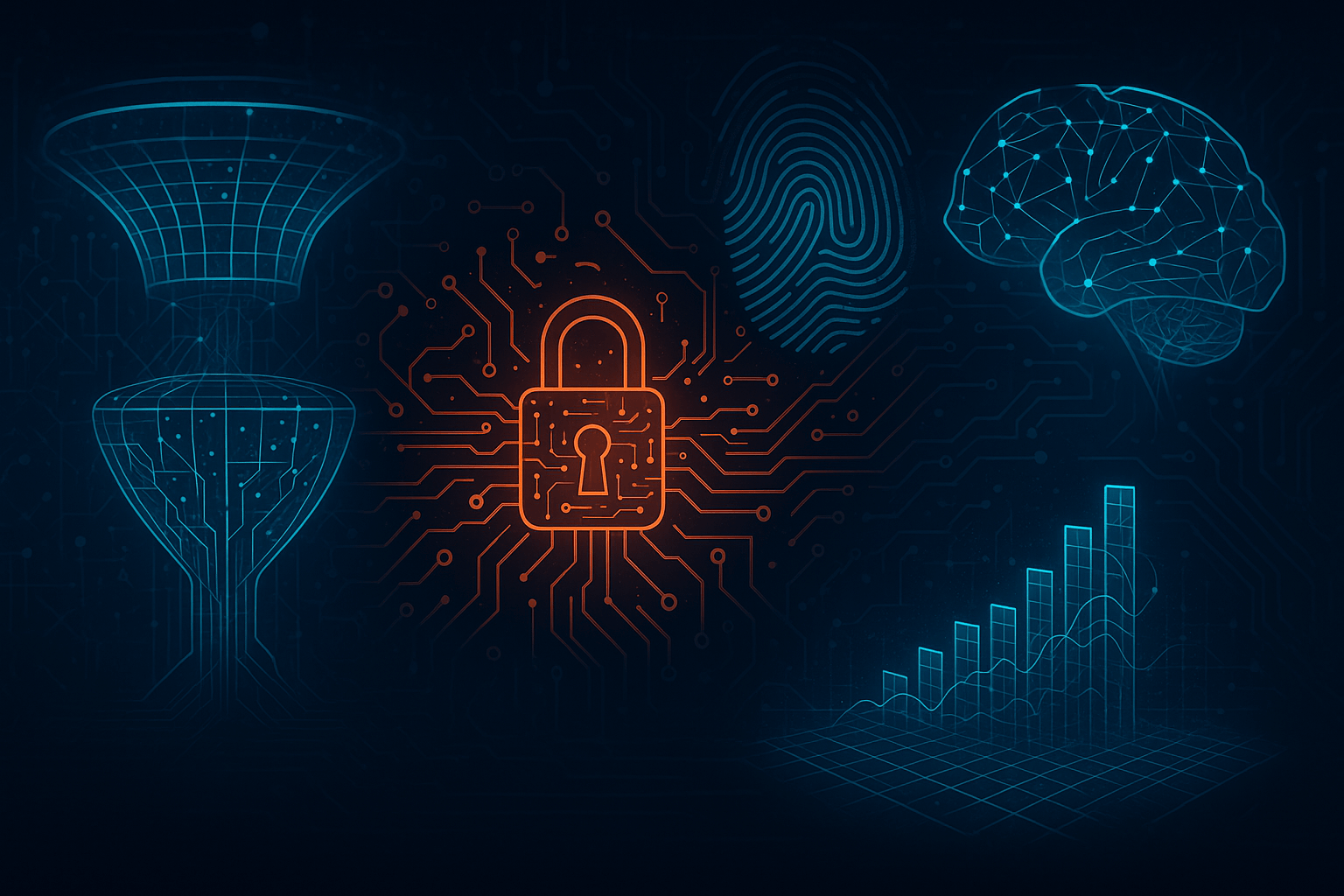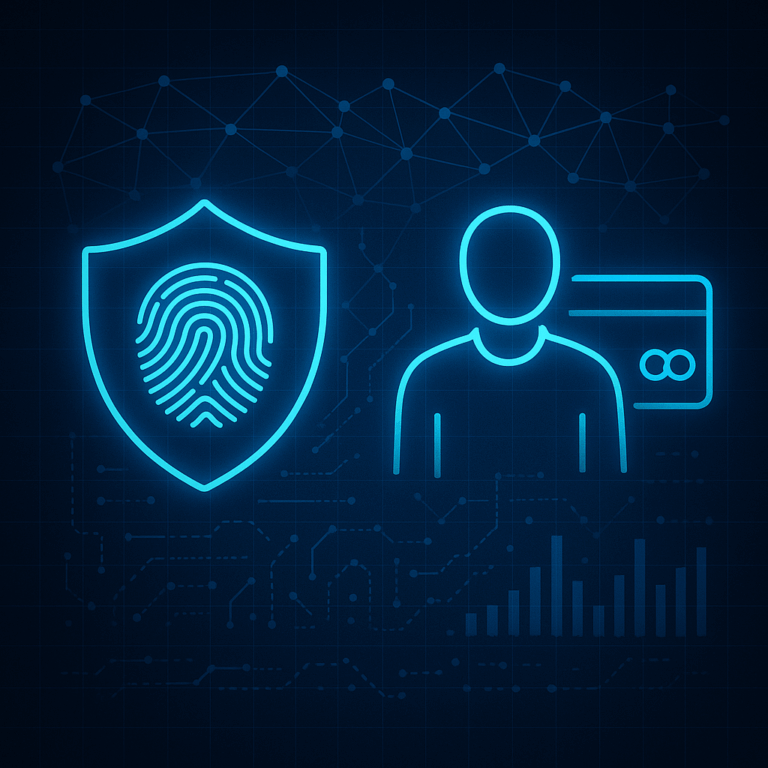Quantum Computing Threats to Encryption: How Post Quantum Algorithms and AI SIEM Secure Your SOC

The advent of quantum computing may soon change the fundamentals of how we protect data. While scientists are still scaling quantum hardware to practical sizes, theoretical models already demonstrate how quantum algorithms can shatter the mathematical assumptions that underpin most of our current encryption. For a security operations center this is not a distant thought experiment but a strategic challenge requiring proactive planning.
Why Quantum Computers Are a Threat to Today’s Encryption
Modern encryption relies on problems that are easy to verify but hard to solve with classical computers. RSA and elliptic curve cryptography depend on the difficulty of factoring large numbers or solving discrete logarithms. Symmetric systems like the Advanced Encryption Standard rely on brute force resistance. Quantum algorithms change this calculus.
Shor’s algorithm is a quantum procedure capable of factoring large integers exponentially faster than classical methods. In a post quantum world, a cryptographically relevant quantum computer could break RSA keys and most elliptic curve schemes in hours instead of millennia. Grover’s algorithm accelerates the search across keyspace, cutting the effective security of symmetric ciphers in half. Doubling key lengths can mitigate the threat in the near term, but a lasting solution requires different mathematics entirely.
The potential for sudden obsolescence has driven research into post quantum cryptography, which seeks algorithms that remain secure against both classical and quantum attacks. The National Institute of Standards and Technology has been running a multiyear competition to identify and standardize new cryptographic primitives suitable for the post quantum era.
NIST’s Quantum Resistant Algorithms
After evaluating dozens of submissions and multiple rounds of public vetting, NIST has selected and is standardizing four quantum resistant algorithms. These are:
- ML KEM (formerly CRYSTALS Kyber), a lattice based key encapsulation mechanism designed for general encryption. It is prized for its high performance and relatively compact key sizes.
- ML DSA (formerly CRYSTALS Dilithium), a lattice based digital signature algorithm offering efficient signing and verification with strong security margins.
- SLH DSA (formerly SPHINCS plus), a stateless hash based signature scheme that serves as a conservative backup. It has larger signatures but relies on well understood hash functions.
- FALCON, also a lattice based signature scheme, will be standardized separately as FN DSA for use cases that require very small signatures and keys.
NIST is publishing these algorithms as Federal Information Processing Standards and encouraging organizations to begin planning migrations. This announcement underscores that the transition to post quantum cryptography is no longer speculative; it is an active standardization effort that will shape enterprise security strategies over the next decade.
Preparing Your SOC for the Post Quantum Era
The move to quantum resistant security is not a single software update. It requires a methodical approach to discovering where cryptography is used, evaluating risk and ensuring that systems can evolve over time. To build a quantum ready security monitoring program, consider these steps:
Conduct Comprehensive Asset and Cryptographic Inventory
Start by cataloguing every system, application and device that uses encryption across your organization. This includes network security protocols such as HTTPS, VPNs and secure shell; authentication systems leveraging digital certificates, email encryption and multifactor tokens; data at rest in databases, backups and cloud storage; and any bespoke cryptographic implementations. Automated scanning tools and configuration management databases can assist with identifying encryption use. This inventory provides a baseline for assessing exposure to quantum risks.
Prioritize Based on Data Sensitivity and Longevity
Not all encrypted data has the same lifespan. Classify assets by how long the confidentiality of the data needs to be protected. High priority systems handle information that must remain confidential for more than ten years, such as national security data, intellectual property or personally identifiable information with strict regulatory requirements. Medium priority systems may require protection for three to ten years, while low priority systems involve transient data that will not be sensitive beyond three years. This prioritization helps you decide which systems should adopt post quantum algorithms first.
Build Cryptographic Agility Into Your Architecture
Avoid hardcoding cryptographic methods into applications. Use modular cryptographic libraries that allow algorithms to be swapped out without rewriting entire systems. Standardize key management workflows to support multiple encryption schemes. Work with vendors and cloud providers that offer flexibility in selecting cryptographic primitives. Plan for hybrid implementations that pair classical and post quantum algorithms during transition phases. This agility ensures that you can adopt new standards quickly as they mature.
Adopt Post Quantum Algorithms Where Feasible
For high priority systems, begin evaluating and testing implementations of ML KEM, ML DSA and other NIST selected algorithms. Upgrade symmetric encryption to AES with longer key lengths and implement key exchange protocols that resist quantum attacks. For applications that cannot yet support post quantum algorithms due to performance constraints, isolate sensitive workloads, rotate keys regularly and prepare upgrade paths.
Monitor and Audit Cryptographic Usage Continuously
Quantum readiness is not a one-time project. Ongoing monitoring of cryptographic usage is critical to ensure that new applications and services adhere to policy. A modern security information and event management platform can ingest logs from across the environment, identify where non-compliant algorithms are being used and alert security teams. By maintaining visibility into certificate lifecycles, cipher suites and key lengths, you can enforce cryptographic standards and detect regressions.
How Clone Systems Supports Quantum Ready Security
Preparing for the post quantum era requires both strategic planning and operational vigilance. Clone Systems’ AI powered SIEM is designed to provide the visibility and intelligence needed to make this transition smoothly. Our platform automatically inventories encryption usage across network devices, servers, endpoints and cloud workloads. Using advanced analytics, it flags instances of deprecated algorithms, weak key lengths and misconfigured certificates. Real time alerts enable security teams to remediate before vulnerabilities are exploited.
Because our SIEM is built on proprietary artificial intelligence models, it continuously learns from new patterns in cryptographic usage and adapts to evolving standards without relying on open-source engines. When paired with our managed security operations center services, organizations gain round the clock monitoring and expert guidance on implementing post quantum cryptographic controls. We help you prioritize asset protection, plan migrations to ML KEM and ML DSA and enforce cryptographic agility across your environment.
The rise of quantum computing is a watershed moment for cybersecurity. By understanding the threat to current encryption, embracing NIST’s quantum resistant algorithms and taking concrete steps to inventory, prioritize and modernize your cryptographic infrastructure, you can ensure that your SOC remains effective in the post quantum era. With AI driven monitoring and proactive guidance from Clone Systems, organizations can navigate this transition confidently and stay ahead of quantum powered adversaries.



